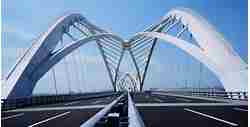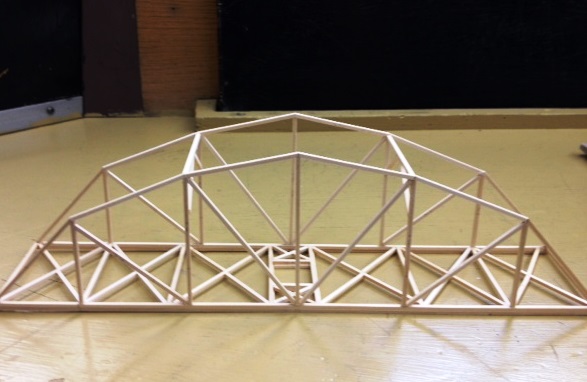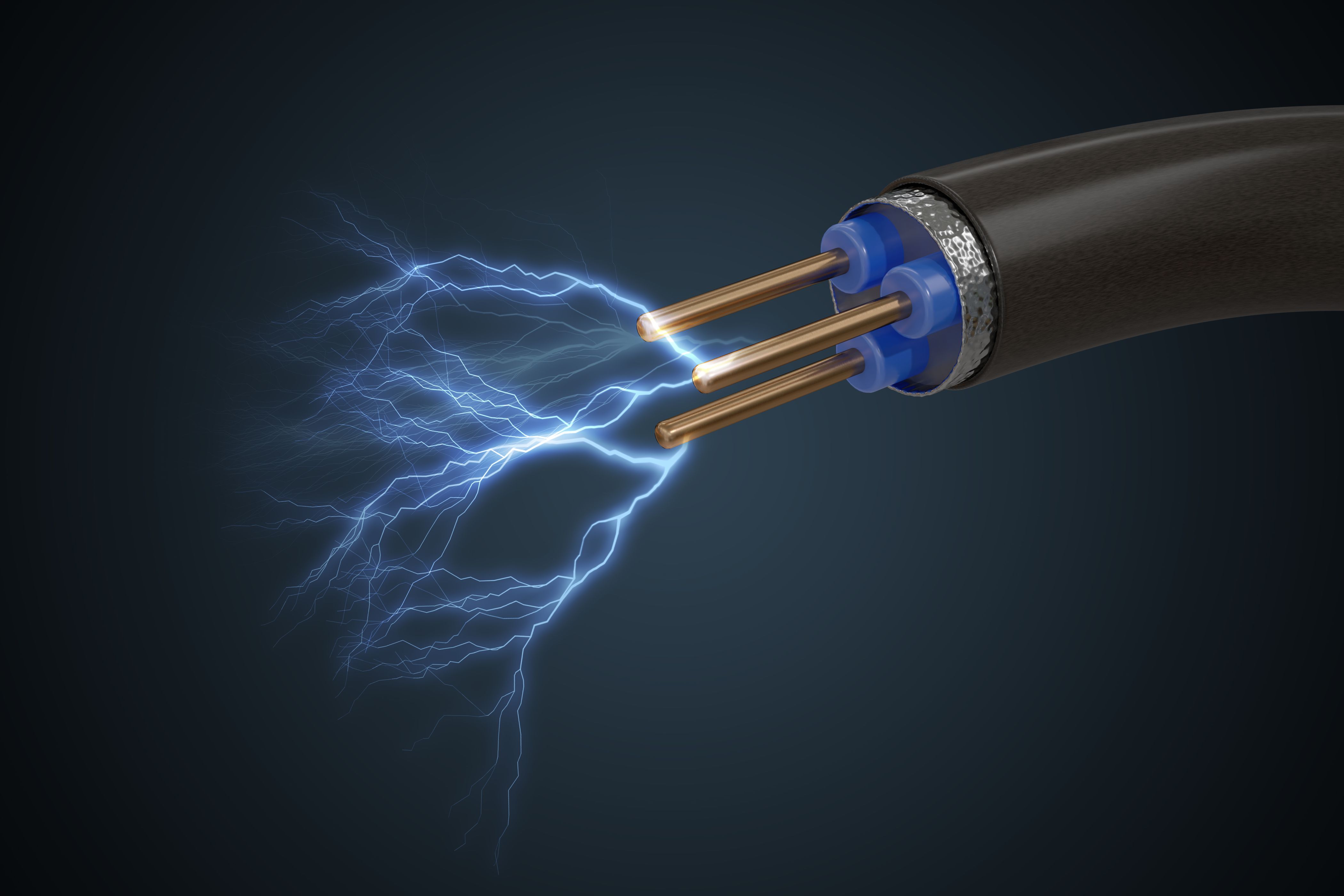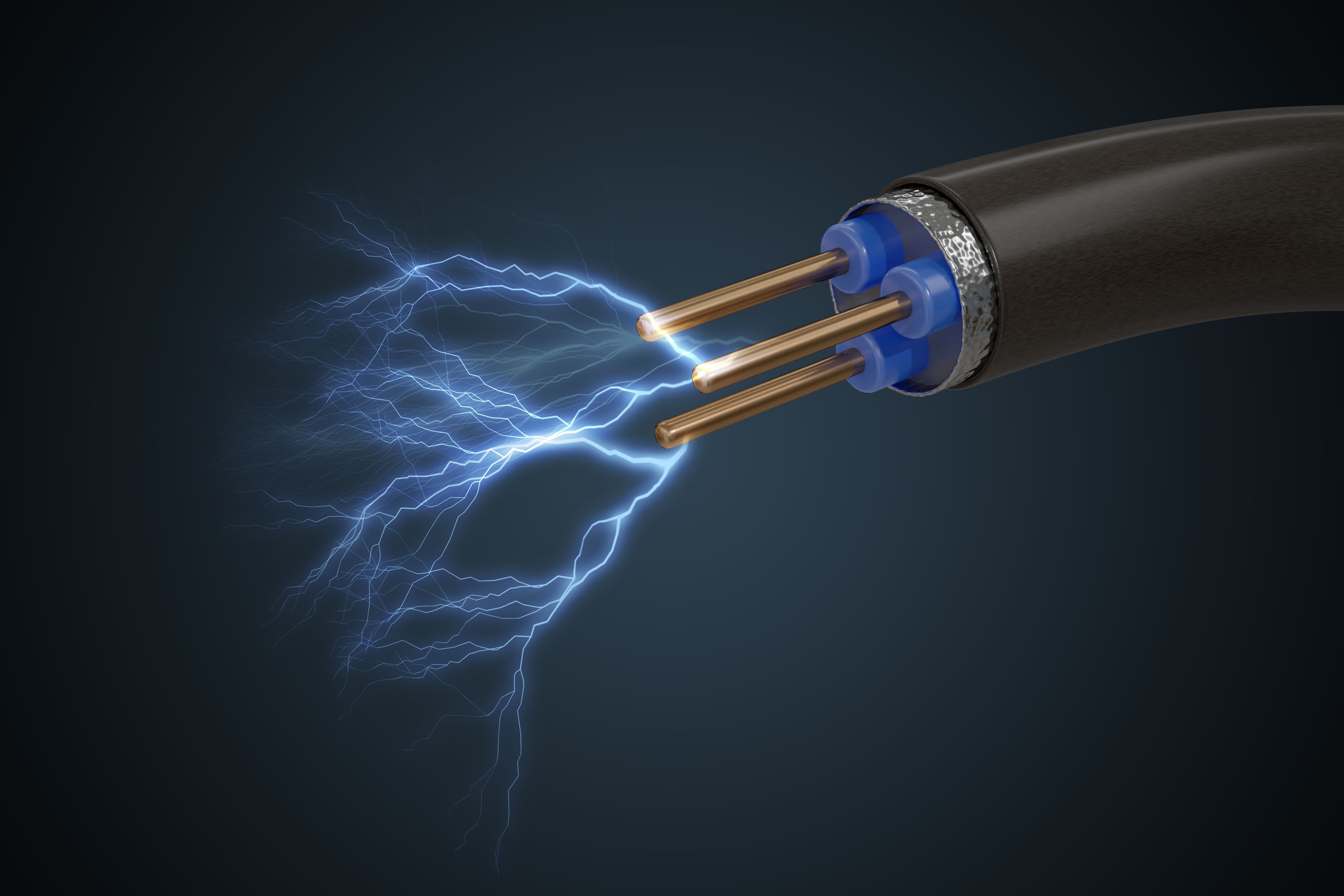Courses by Software
Courses by Semester
Courses by Domain
Tool-focused Courses
Machine learning
POPULAR COURSES
Success Stories
MBD Simulation on IC Engine Valve Train
Aim: To model and perform motion analysis on Valve Train Introduction: A valvetrain is a component that is designed to open and close the intake and exhaust valves so that air/fuel mixture can enter and leave the combustion chamber as gases. Nowadays, engines are designed with overhead cam assemblies which are known…
Anandita Gautam
updated on 22 Dec 2020
Aim: To model and perform motion analysis on Valve Train
Introduction:
A valvetrain is a component that is designed to open and close the intake and exhaust valves so that air/fuel mixture can enter and leave the combustion chamber as gases.
Nowadays, engines are designed with overhead cam assemblies which are known as an overhead camshaft. It is located near the top of the engine.
Unlike the ones that locate the camshaft lower in the engine and use push rods to move the valve assemblies. This valvetrain layout is called Cam-in-block.
Components of a Valve Train:
a. Valve
b. Rocker Arm
c. Cam
d. Push Rod
e. Stem
Modelling and Assembly
1. Using the given part file, create models of each component and save it seperately.
2. Now import them in an assembly and assign mates to them.
3. Using measure tool, measure distances in rocker arm and piston to assign distance mates properly.
4. Using option 'physical dynamics' in move components, choose the starting position of the motion analysis.
5. Create a motion study and select 'Motion Analysis'.
Motion Analysis
For Motion Analysis, we will consider two cases:
| Sl.No | CAM Lift (mm) | Speed (RPM) | Material |
| 1 | 3.5 | 1500 | Cast Carbon Steel |
| 2 | 6 | 1500 |
Cast Carbon Steel |
For each case, we have to calculate the distance between the centres and accordingly alter the Cam component for each case.
Formula used :
Cam Lift= (L-R1) + R2
Radius of big circle = R1 = 12.5mm
Radius of small circle = R2 = 5mm
Calculations:
CASE I:
Cam Lift= (L-R1) + R2
3.5= L-12.5+5
L=11mm
CASE II:
Cam Lift= (L-R1) + R2
6= L-12.5+5
L=13.5mm
Motion Study:
1. Add a motor to axis of the cam with speed 1500 rpm
2. Add solid contacts between the components
3. Add a spring between Valve and Stem with values 10N/mm and length= 45mm. The spring should be compressed.
4. Now change frame rate settings to 9000 fps and enable precise contact.
5. Start motion calculation and get the outputs.
Outputs:
CASE I:
Cam Lift = 3.5 mm
Valve Lift (Linear Displacement) vs Time
_1608652556.png)
Contact Force between Cam and Push Rod vs Time
_1608652620.png)
Contact Force between Push Rod and Rocker Arm vs Time
_1608652663.png)
Contact Force between Valve and Rocker Arm vs Time
_1608652703.png)
CASE II:
Cam Lift= 6mm
Valve Lift (Linear Displacement) vs Time
_1608652889.png)
Contact Force between Cam and Push Rod vs Time
_1608652915.png)
Contact Force between Push Rod and Rocker Arm vs Time
_1608652940.png)
Contact Force between Valve and Rocker Arm vs Time
_1608652966.png)
Observation and Results:
1. There is a difference between the graphs of contact force between the Rocker arm and valve with respect to the X direction and magnitude.
_1608653399.png)
This is because, along the X direction, the force measured is the frictional force when the rocker arm slides over the valve. Whereas, magnitude measures the total contact force from the spring as well as the frictional force. The direction is reversed because it takes the sum of when the rocker arm slides and then slides back over.
2. By increasing the Cam lift, the contact forces and valve lift increase and more air-fuel mixture can enter the IC Engine cylinder.
Drive Link:
https://drive.google.com/drive/folders/1abXBSkRQBo72R06mFuAMP3wmZ1AGogw8?usp=sharing
Leave a comment
Thanks for choosing to leave a comment. Please keep in mind that all the comments are moderated as per our comment policy, and your email will not be published for privacy reasons. Please leave a personal & meaningful conversation.
Other comments...
Be the first to add a comment
Read more Projects by Anandita Gautam (8)
Frequency Analysis of a rotating shaft
Introduction: An object's natural frequency is the frequency or rate that it vibrates naturally when disturbed. Objects can possess more than one natural frequency and we typically use harmonic oscillators as a tool for modeling the natural frequency of a particular object. We can apply an unnatural or forced frequency…
09 Sep 2022 01:53 PM IST
MBD Simulation on IC Engine Valve Train
Aim: To model and perform motion analysis on Valve Train Introduction: A valvetrain is a component that is designed to open and close the intake and exhaust valves so that air/fuel mixture can enter and leave the combustion chamber as gases. Nowadays, engines are designed with overhead cam assemblies which are known…
22 Dec 2020 04:18 PM IST
MBD Simulation on a Piston Assembly
Aim: To model and perform motion analysis with different piston positions Introduction: A piston is a component of reciprocating engines, reciprocating pumps, gas compressors, hydraulic cylinders and pneumatic cylinders, among other similar mechanisms. It is the moving component that is contained by a…
20 Dec 2020 07:37 PM IST
Planetary Gear
Aim: To model and run a motion analysis on Planetary Gear System. Introduction: An epicyclic gear train or planetary gear consists of 2-4 gears mounted so that the center of one gear revolves around the center of the other. The planet and sun gears mesh so that their pitch circles roll…
15 Dec 2020 03:36 PM IST
Related Courses






0 Hours of Content

Skill-Lync offers industry relevant advanced engineering courses for engineering students by partnering with industry experts.
Our Company
4th Floor, BLOCK-B, Velachery - Tambaram Main Rd, Ram Nagar South, Madipakkam, Chennai, Tamil Nadu 600042.
Top Individual Courses
Top PG Programs
Skill-Lync Plus
Trending Blogs
© 2025 Skill-Lync Inc. All Rights Reserved.








